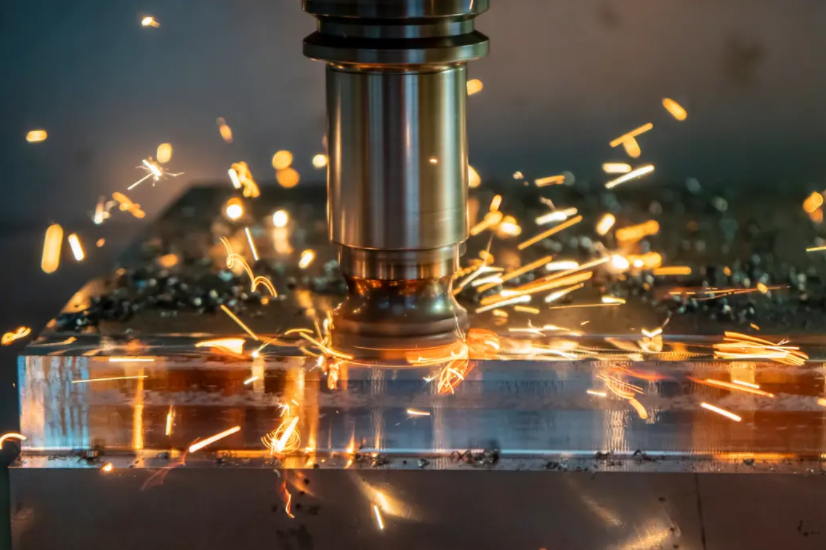In the world of precision manufacturing, machining large parts is a common challenge that manufacturers must overcome. Large parts require specialized techniques and tools to ensure precision and accuracy during the machining process. In this article, we will explore the essential techniques and tools needed for machining large parts.
One of the most important techniques for machining large parts is proper planning. The first step in planning is to determine the material that will be used for the part. The material will dictate the type of machine tool that will be required for the job. Once the material has been chosen, the machinist must determine the best way to hold the part during machining. This is important because if the part is not held securely, it can move during the machining process, resulting in inaccuracies and defects.
Another essential technique for machining large parts is to use the right cutting tools. The cutting tools must be appropriate for the material being machined and must be able to withstand the stress of machining large parts. Carbide tools are commonly used for machining large parts because they are hard and durable. They also have a high cutting speed, which helps to minimize machining time.
In addition to the right cutting tools, machinists must use the proper lubricants and coolant. Lubricants and coolant help to reduce friction and heat during the machining process. This is especially important when machining large parts because the amount of heat generated can cause the material to warp or distort.
One of the most challenging aspects of machining large parts is maintaining accuracy. Machinists must be able to maintain accuracy throughout the entire machining process, which can be time-consuming and difficult. One technique that can be used to maintain accuracy is to use computer numerical control (CNC) machines. CNC machines use computer software to control the machining process, which helps to ensure precision and accuracy.
Another technique that can be used to maintain accuracy is to use measuring tools such as micrometers and calipers. These tools allow machinists to measure the dimensions of the part during the machining process to ensure that it meets the required specifications.

Finally, it is important to have skilled machinists who are experienced in machining large parts. Skilled machinists understand the challenges of machining large parts and have the expertise to overcome them. They are able to use their knowledge of machining techniques and tools to ensure that the final product meets the required specifications.
In conclusion, machining large parts requires specialized techniques and tools to ensure precision and accuracy. Proper planning, the use of the right cutting tools and lubricants, CNC machines, measuring tools, and skilled machinists are all essential in achieving the desired results. By employing these techniques and tools, manufacturers can produce high-quality large parts that meet the most stringent standards.

 0086-750-5616188
0086-750-5616188 +86 13392089688
+86 13392089688 sales@zhongmei-tech.com
sales@zhongmei-tech.com













